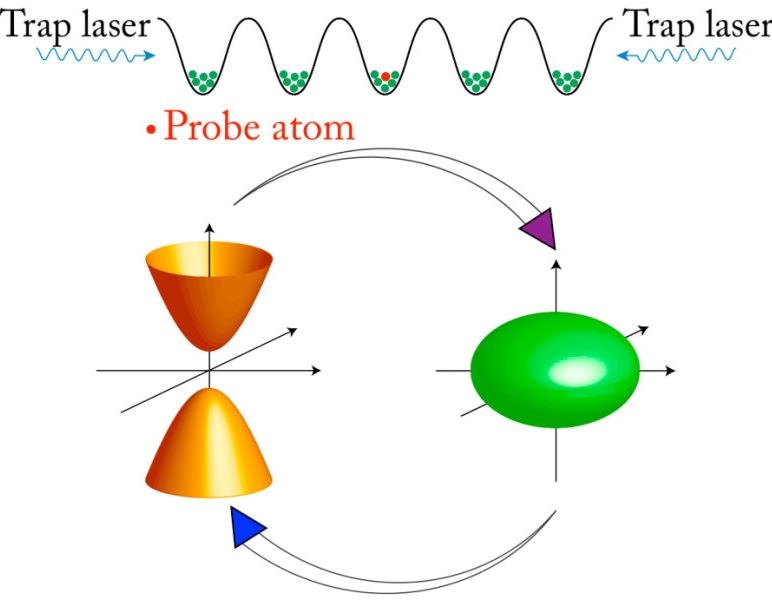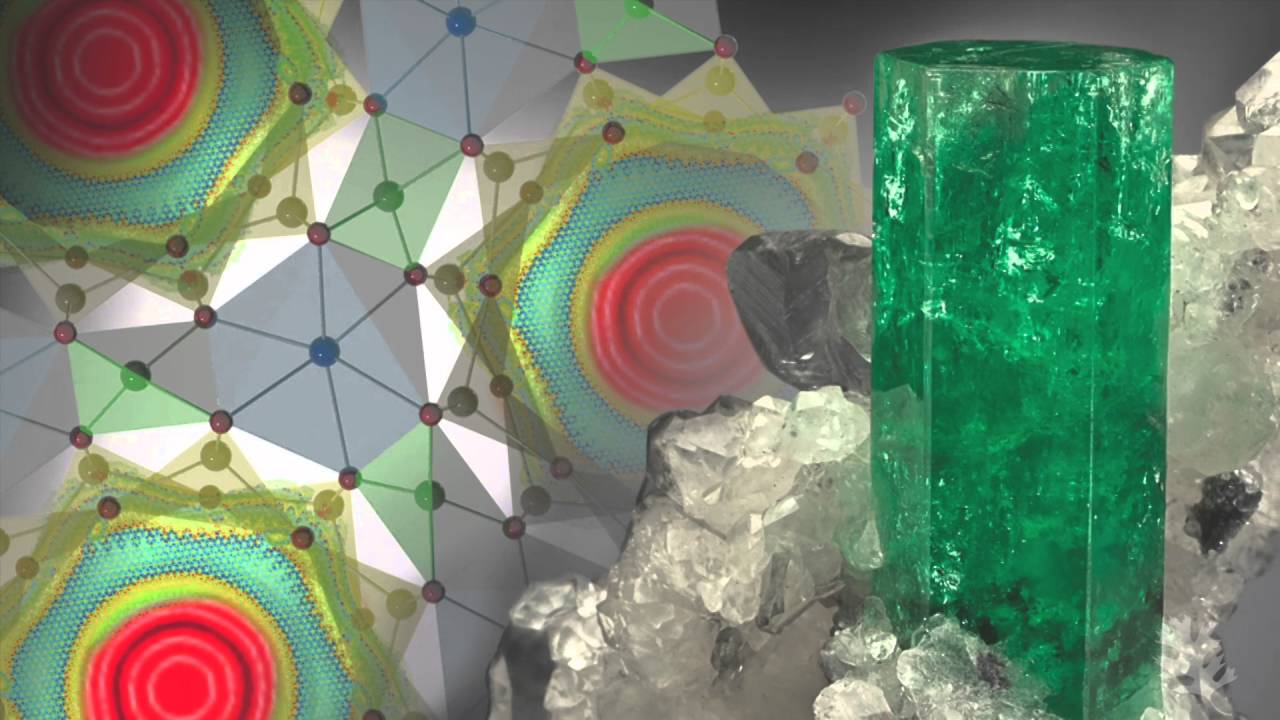May 14, 2016
The existence of massive particles of light could finally explain dark energy
Posted by Andreas Matt in categories: particle physics, quantum physics, space
In the late 1990s, astronomers discovered something mysterious pushing galaxies apart faster than gravity pulls them together. It seemed like every little bit of space had some amount of energy that spread it away from every other little bit of space, and that strange pushing came to be known as ‘dark energy’ — dark, because no one knows what it is.
And now a group of physicists have shown that dark energy could probably be explained — as long as we’re willing to give up a fundamental piece of our understanding of light…
Most scientists think that dark energy exists because of what’s known as a cosmological constant — something acting throughout the Universe that tells different bits of space to repel each other. It’s sort of like an anti-gravity force, but it acts everywhere instead of just being between two things with mass and it always acts with the same strength.
















